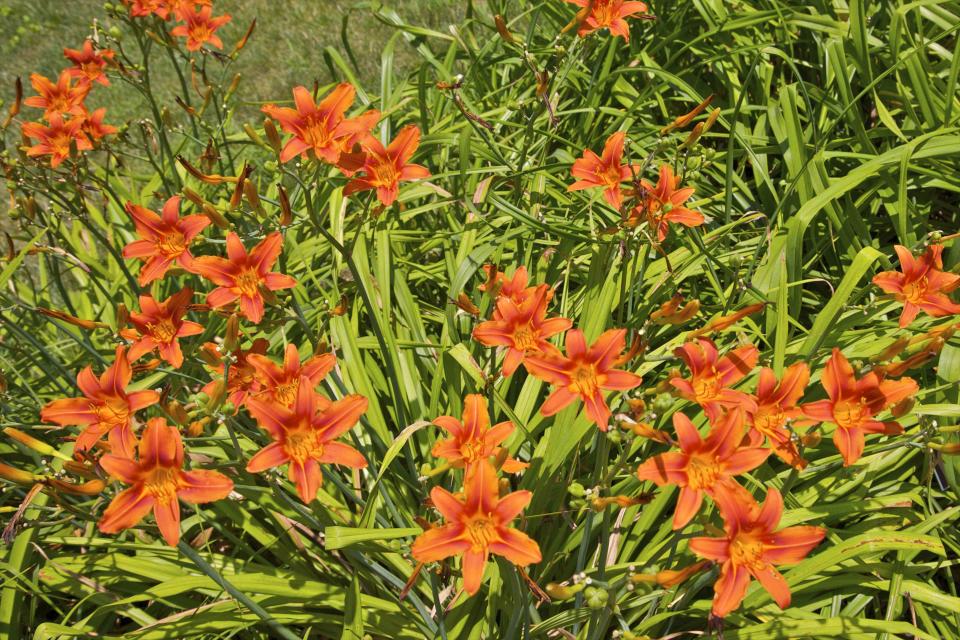How (And When) To Divide Perennials
Here’s how to divide perennials to make more plants for your garden.

Getty Images
Gardens are a work in progress, and that means you’ll need to do some housekeeping from time to time. While annuals provide instant impact and color for one season, they don’t require a ton of maintenance. But perennials, which return for many years, are slower to get going. Once they’re established, however, they will need to be divided eventually. But that means you’ll gain new plants for free!
Dividing perennials is easy but requires some sweat equity. You’ll also need gloves, a sharp garden spade, a garden or utility knife, and a digging fork. Depending on your soil type (clay versus sand), different tools may work better to dig, lift and break up plant roots. Some roots are fibrous and tough to sever; don’t be reluctant to cut through them. You’ll lose some roots, but that will stimulate the plant to grow new ones.
Here's what else you need to know about how and when to divide perennials:
How do you know if you should divide perennials?
There are a few signs that perennials need some love: If they’ve started to crowd out their less vigorous plant neighbors; if they have a “bald spot” in the center of the plant where there doesn’t seem to be any growth or flowers; or if they don’t bloom as well as they once did. These are all indications that division may rejuvenate the plant.
When is the best time of year to divide perennials?
The ideal time is spring when the plants are starting to emerge, with the cooler temperatures of fall as the next best time. In autumn, just be sure to get your transplants in the ground no later than six weeks before the ground freezes so their roots get established before winter.
Dig early in the day, not in the blazing hot sun. That’s because it’s hard on you, and it’s hard on the plants, too. It’s also a good idea to have your new hole ready before you dig up the original plant so you can place transplants in their new homes immediately. Moving day is stressful, so minimize their time out of the soil.
How do I divide perennials?
If you need to move the whole plant, use a digging fork or garden spade to wedge under and all the way around the plant, then lift up the entire thing. Use your knife to cut through tough roots, if necessary. Toss any sickly-looking sections from the center of the plant. Divide the rest of the plant into pieces, and place each section in a new location with the same light exposure (sun or shade).
It’s also fine to take a shortcut and dig out a chunk on the edges of the plant with a garden spade. Then plant the piece in your new spot. Fill in the hole where you removed the piece with fresh soil and compost. Finally, water transplants at least once a week until the first frost, especially during dry spells.
Can you divide any kind of perennial?
Most perennials are fine to divide. The most easy-going include daylilies, irises, catmint, sedums, mums, Shasta daisies, and ferns. The ones that don’t like being divided include those with deep or tap roots such as baptisia, lupine, milkweed, balloon flowers, and columbines. Peonies don’t love division, but they’ll eventually rebound.
Even if a plant doesn’t love being moved, sometimes you need to take a chance anyhow if it’s too large or is underperforming. Give it a shot, and be patient! Just like us, it takes time for plants to settle into their new homes.
For more Southern Living news, make sure to sign up for our newsletter!
Read the original article on Southern Living.
